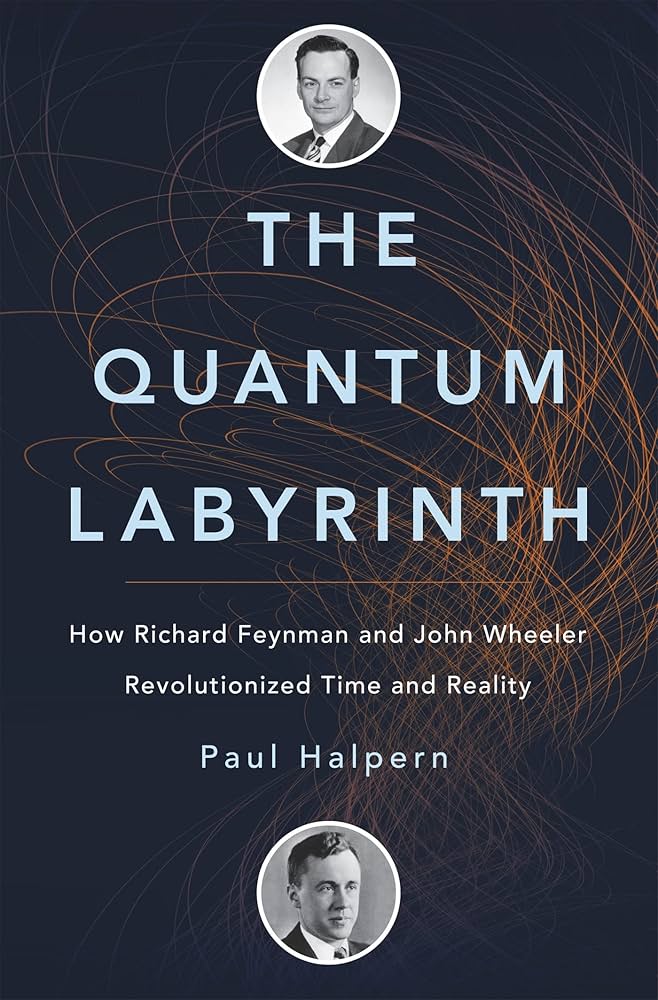
### Simon Stevin: An Innovator in Statics and Hydrostatics
In this segment concerning the evolution of mechanics, we transition from Italy to The Netherlands to delve into the extraordinary contributions of **Simon Stevin** (c. 1548–1620), a Flemish intellectual whose endeavors formed crucial underpinnings for the advancement of physics in the seventeenth century. Celebrated for his progress in **statics** and **hydrostatics**, Stevin’s accomplishments stand shoulder to shoulder with those of his more renowned peers. Although frequently eclipsed in popular scientific narratives, his inventive methodology and pioneering experiments merit ample acknowledgment and examination.
—
### A Renaissance Polyhistor from the Netherlands
Simultaneously, born circa 1548 in Bruges as the out-of-wedlock son of Antheunis Stevin and Cathelijne van der Poort, the early years of Simon Stevin are clouded in obscurity. In spite of his lower social standing, his affluent and well-educated upbringing guided him toward an intellectual journey. After extensive travels throughout northern Europe as a clerk, Stevin embarked on formal education in Leiden in 1581, at roughly the age of thirty, amid an era of significant scientific and political transformation.
While at the **University of Leiden**, still in its infancy, Stevin developed a friendship with **Maurits van Nassau**, the offspring of William of Orange and future Stadholder of various Dutch territories. This alliance proved crucial: Maurits not only acknowledged Stevin’s brilliance but also appointed him to roles of importance, including military and scientific consultation. In 1600, Stevin inaugurated a **military engineering school** in Leiden with Maurits’s sponsorship, solidifying his status as a pivotal figure in implementing mathematics and physics to address real-world challenges.
—
### Archimedean Motivation and the *De Beghinselen der Weeghconst*
Stevin’s quest for knowledge was profoundly influenced by the revival of **Archimedean mechanics** during the Renaissance. He dismissed the Aristotelian paradigm that prevailed in medieval science, favoring a mathematically stringent methodology for analyzing forces and balance. His 1586 work, *De Beghinselen der Weeghconst* (*The Principles of the Art of Weighing*), elucidated these concepts. This seminal work, released in conjunction with *De Weeghdaet* (*The Act of Weighing*) and *Beghinselen des Waterwichts* (*The Principles of Hydrostatics*), offered a structured analysis of **statics** and initiated advanced inquiry into hydrostatics.
Remarkably, Stevin opted to compose his writings in **Dutch** instead of the dominant academic vernacular of Latin, positioning him among the earliest proponents of disseminating scientific knowledge in the native tongue. His choice foreshadowed a movement embraced by figures like Galileo and Descartes in the seventeenth century, facilitating the spread of knowledge and the invention of new scientific language in Dutch, much of which endures to this day.
—
### Structure and Key Concepts of *De Beghinselen der Weeghconst*
The treatise is segmented into two volumes, echoing Euclid’s *Elements* with its geometric precision. Below is a summary of its structure:
1. **Book I**:
– Definitions and basic terms.
– Propositions (1–4): Introduction of the lever’s law.
– Propositions (5–12): Investigations on balance equilibrium with weights.
– Propositions (13–18): Analysis of weight lifting across several supports.
– Proposition (19): Equilibrium assessment on an inclined plane using the noted *clootcrans* (a “wreath of spheres”).
– Propositions (20–28): Balances involving disparate hanging weights.
2. **Book II**:
– Propositions (1–6): Centers of gravity in basic geometric shapes.
– Propositions (7–13): Centers of gravity in trapezoidal and parabolic forms.
– Propositions (14–24): Centers of gravity in three-dimensional figures such as pyramids.
– Additional subjects: Weighing processes, hydrostatics, and an appendix.
The treatise’s most lauded accomplishment, Proposition 19, demonstrates the **law of the inclined plane** utilizing the novel notion of the *clootcrans*. This “wreath of spheres” visually illustrated equilibrium principles, effectively establishing the basis for the **parallelogram of forces**—a cornerstone in mechanics. Crucially, Stevin’s methodology operated under the assumption of the impossibility of perpetual motion, a premise that contemporary physics upholds although formal proof was elusive during his time.
—
### Experimentation: A Fall from the Tower
Among Stevin’s most notable experiments, laid out in the appendix of *De Beghinselen der Weeghconst*, directly contested **Aristotle’s assertion** that the rate at which objects fall is directly correlated to their weight. Stevin